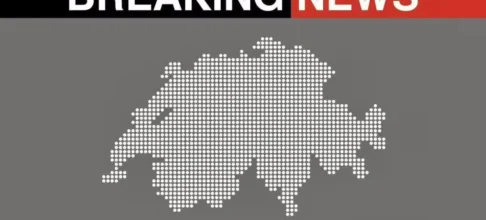Since the southern African country declared a national disaster in February because of the drought, it has been scaling back power supply and importing electricity from neighbouring countries.
READ: 68m suffer from El Nio-induced drought in SADC
But now that the hydropower dams — which provide more than 80 percent of power supply — are near-empty, the government announced last week it would extend the 14-hour power cuts introduced in July to 17 hours a day.
The measure starts on 1 September, Energy minister Makozo Chikote said. He did not say how long it would last.
Zambia’s next rainy season would normally begin around November.
The gigantic Kariba Dam, Zambia’s largest source of hydroelectricity, has only 10 percent of water available for power generation, the minister said.
The Kariba power station will likely shut down in September; the Itezhi-Tezhi hydropower dam already stopped one of its two turbines in July because of low water levels.
The Maamba coal power plant is scheduled for maintenance in September, robbing the national power grid of even more megawatts.
Already Zambians are battling, including the many who make their living in small businesses such as butcheries and hair salons, and are most vulnerable to the power cuts.
A welder in Lusakas Mtendere slum, Chris Banda, has changed his work hours to whenever there is power, which can mean at midnight.
“It’s tough. I do not sleep. I now work anytime that power is restored. This has made life unbearable,” said Banda, 40.
A 56-year-old barber, John Likumbi, said he has had to buy two rechargeable machines to keep his business operational. “So even if there is a blackout, I still manage to continue with my work,” he said.
Zambians are being encouraged to use solar panels and energy efficient appliances. One enterprise, SunnyMoney Zambia, says its sales of solar lighting products have increased by over 540 percent.
– Recipe for unrest –
The government says it will import more power from South Africa and the regional Southern African Power Pool.
The state power company ZESCO sought to hike tariffs by up to 156 percent to cover the costs of imports, but was stopped by the energy board which warned it risked sparking job losses and higher living costs.
Zambians stand to lose their work or see pay-cuts as employers reduce activities to cope with the power outages, Private Sector Development Association president Yosuf Dodia told AFP.
“This is a recipe for civil unrest and the government should move fast and import power,” he said.
The International Monetary Fund in June revised its projected growth for Zambia’s economy this year downward from 4.7 percent to 2.3 percent because of the drought, which is impacting food production as well as electricity generation.
More than half of Zambia’s 19.6 million people live below the poverty line, according to the World Food Programme, which has warned of food insecurity across southern Africa because of the region-wide drought.
By Obert Simwanza













